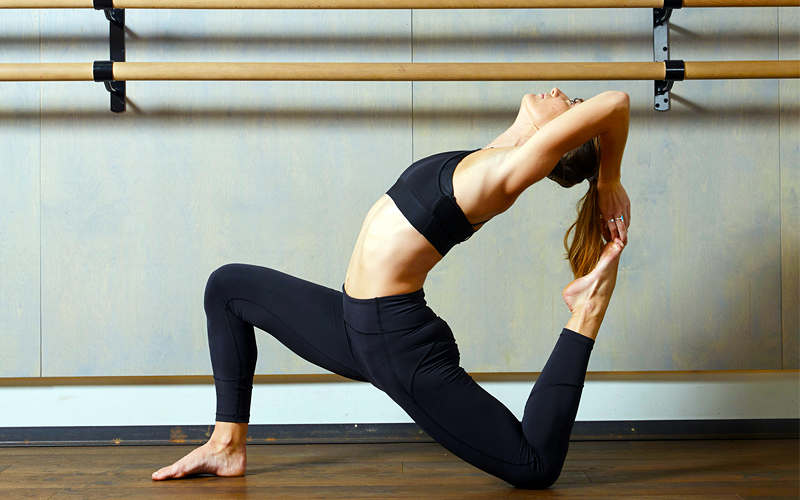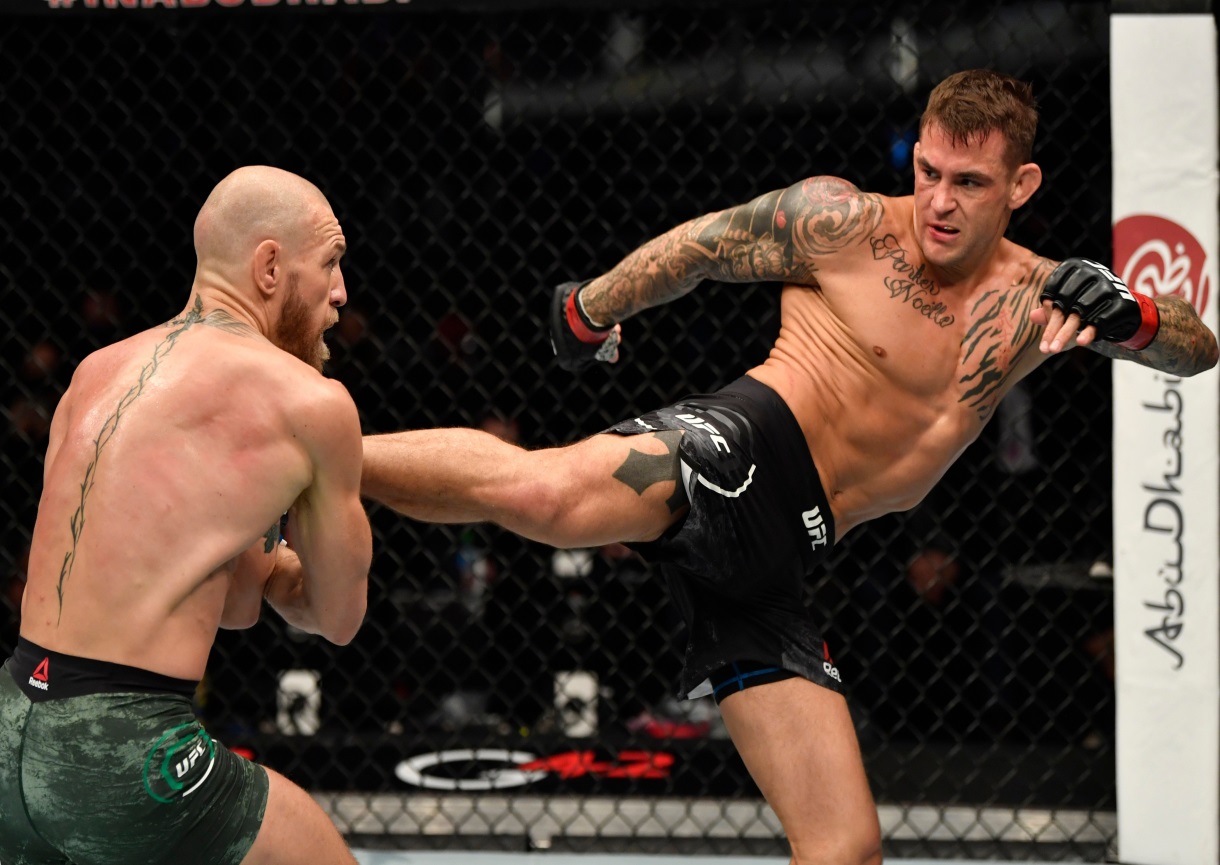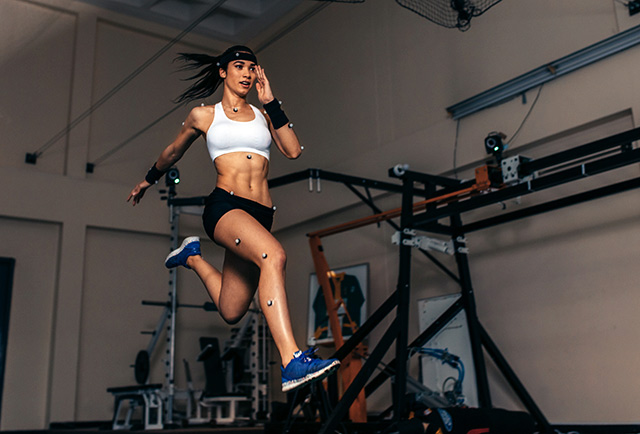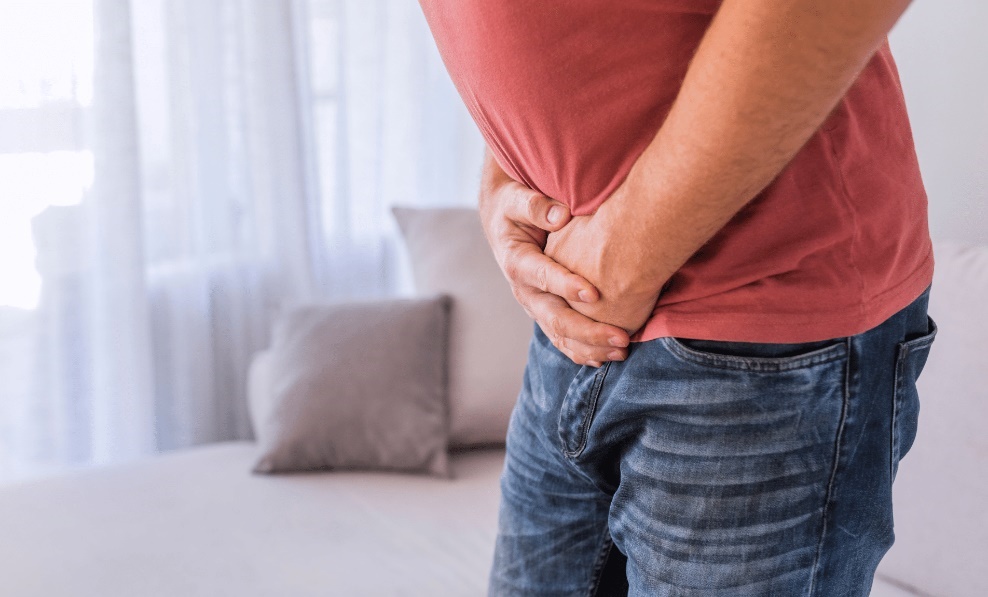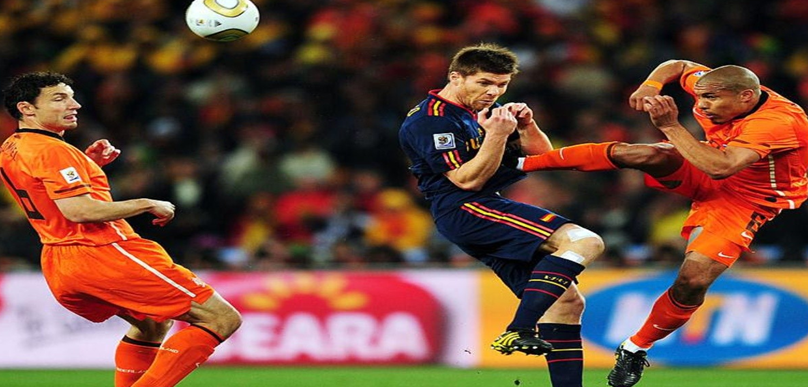Medial collateral ligament knee injury and distal hamstring strain insights
All the sports activities to exercise your body and high-performance sports, including walking, have the risk of suffering a strain or a tear. Comprehensive Orthopedics, S.C. explains that the regions of the body that are more exposed to suffer any of these conditions are those that are more involved in the specific activity that is carried out e.g. in disciplines such as football, boxing, jumping sports, basketball, and volleyball have in common the particularity of presenting a high risk of suffering either a strain or a tear in the lower limbs. The same things happen with sports that perform quick starts in track and field sports such as long jump, running races, and hurdling.
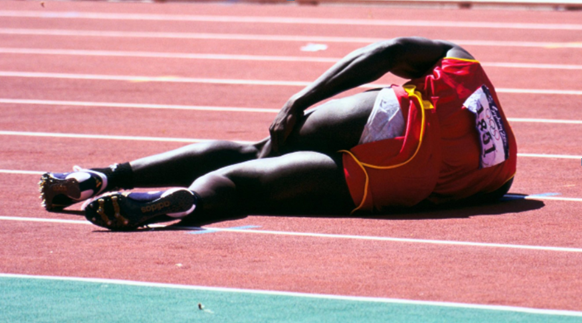
Every time an individual comes to our Sports Injury Rehabilitation Centre of Manchester City the first step to follow is to carry out an exhaustive assessment by our sports physios Manchester and thus be able to determine what is the source of the sports injury to continue to develop a customised work plan where the sports injury will be addressed and treated effectively and so the patient can resume their prior lifestyle. The benefits of sports therapy Manchester in these types of injuries are highly guaranteed, the application of a sports physiotherapy approach is characterised by being one of the most effective conservative treatments in any kind of sports injury, some pathologies, and pain are due to improper biomechanics and movement. It’s important to seek out sports physiotherapy specialists counseling before and after the sporting event. According to stats of the Journal of Athletic Training the prevalence of a knee strain in young athletes is exponentially high but the rates can vary significantly by gender, sports, and age. The sports where the highest occurrence takes place are basketball and football for men and also women. The average age most likely to suffer a strain is between 15 and 19 years, this statistic represents both genders. According to the Journal of Sport and Health Science terms of a hamstring strain accounted for 12 percent of all injuries that occurred in the football season and had a recovery time of 17 days.
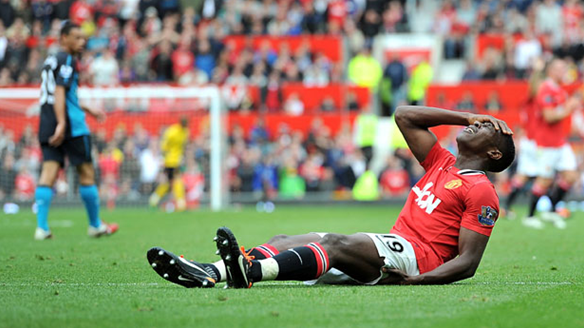
Now, you may be wondering, how can I tell a strain from a tear?
What’s the difference between a strain and a tear? Simple, the difference is that strain occurs when either a tendon or a muscle is stretched to a higher range than it can be subjected to. Cape Cod Healthcare presents that a strain may be the consequence of a single event or persistent movements that can take a toll on the tendon or the muscle. On the other hand, it can be said that the tear is more severe than a sprain and a strain, a ligament can be torn and the same happens with a tendon and a muscle in this kind of sports injury.
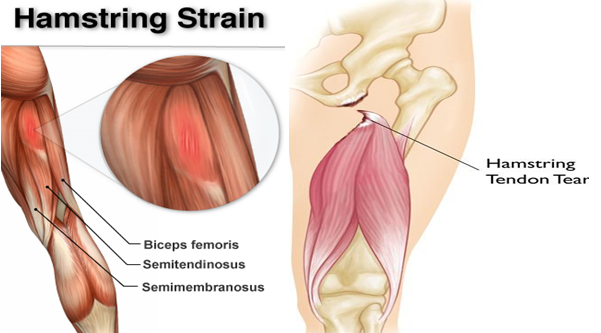
Now that you have no doubt what is the difference between a strain and a tear, we can continue explaining what each injury consists of, their causes, and the sports medicine approach that should be performed for both knee injury MCL and distal hamstring strain.
What is a Medial Collateral Ligament? The medial collateral ligament is one of the ligaments of the knee joint. A ligament is a tough, flexible strip of tissue that holds cartilage and bone together. Cedars Sinai indicates that one of the most essential functions of this ligament is that it lets the knee be stable and also to be able to rotate, as well as preventing the knee from being too extended inwards.
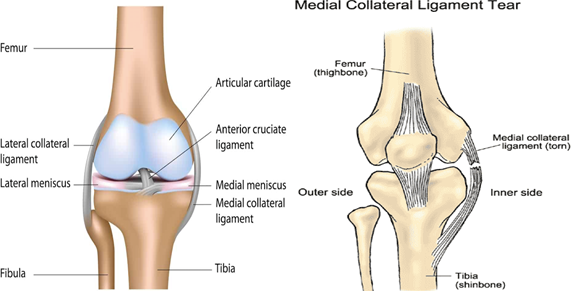
What causes Medial Collateral Ligament pain? This injury can be produced by either a strain or a tear. The knee has a band of connective tissue inside it and that‘s called the Medical Collateral Ligament. The Michigan Medicine / University of Michigan sets down that you can harm your MCL through movements that implicate rapid changes of direction, twisting, and bending. For example in football, a medial collateral ligament injury can occur when the knee is struck and the blow causes it to change its natural direction of motion.
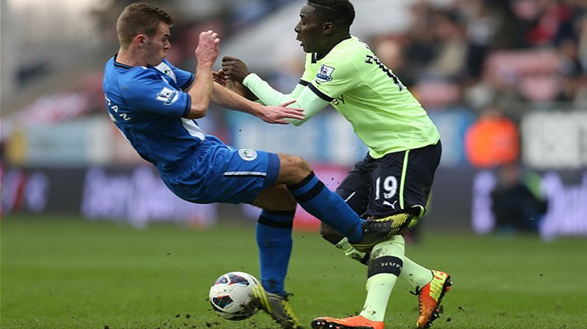
Also, this type of lesion can come about in sports with a lot of weaving and jumping movements like skiing.
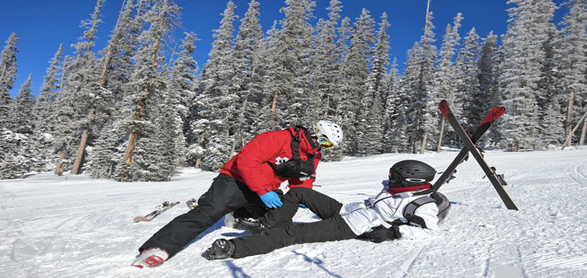
What does Medial Collateral Ligament pain feel like? In obedience to sports physios Manchester the MCL’s the symptoms are quite similar to any other type of knee injuries however they are graded into 3 types depending on the severity, nature and symptoms of damage sustained. For this reason, you must go to the sports rehabilitation clinic so that you can be evaluated by a professional who specifies what the problem is. Although the main characteristics published by Healthline are inflammation in the knee joint, a similar sensation where you experience that your knee is about to give way when you are lifting weight, a lot of sensitivity and pain in the inner knee, and a clicking sound at the exact moment when you get injured.
How do you know if you have a Medial Collateral Ligament injury? When your sports physio Manchester is evaluating you rigorously, the following technique will be carried out to determine if you are indeed suffering from MCL. How to diagnose Medial Collateral Ligament Injury? your injured knee will be bent gently by your physio Manchester, then a little pressure will be applied to the outside of the knee, at that moment they will notice if the inside of the knee is loose, which would be enough to diagnose it. Although to be more precise in the diagnosis, an MRI is extremely recommended, which is the gold standard procedure in this type of sports injury, this imaging study may help out ruling out any others type of problems in the knee, announced by Kyle Andrews et la (2017).
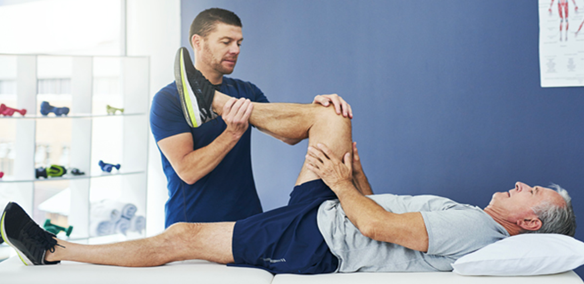
How to heal Medial Collateral Ligament? Right after the injury,
treatment may include:
- Over-the-counter pain relievers.
- Follow these instructions: rest, ice, compression (with an elastic bandage), and elevation (put the knee up).
- Wearing a knee brace, health professionals such as our sports physios Manchester will advise on the best type of knee brace to protect the medial collateral ligament and knee joint during the healing process.
Other treatments may include:
- Make use of crutches during recovery.
- Physical therapy/ Sports therapy Manchester to strengthen muscles and improve flexibility.
- Surgery (in the most severe cases is needed).
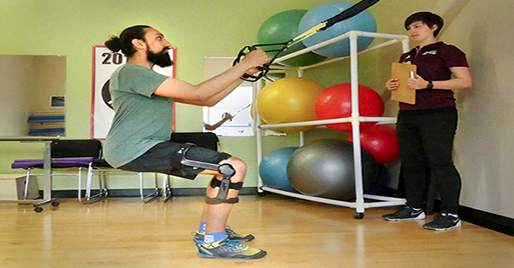
How to strengthen Medial Collateral Ligament? The physiotherapist Manchester in this stage of strengthening the ligament will introduce the sports physical therapy approach with a series of exercises, those are the following:
- Electrostimulation may be helpful in reducing reflex muscle inhibition.
- Half squat with monopod support, the opposite leg resting on the yoga ball and we stretch it back by flexing the leg resting on the ground. We repeat the process 10 times and change legs.
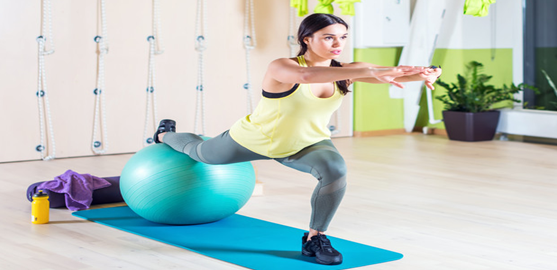
- The exercise bike is also helpful in restoring movement. Initially, the bicycle saddle is placed as high as possible and then gradually lowered to increase the degree of flex.
- Exercises such as towel extension and hanging legs prone are used to achieve equal extension or hyperextension of the contralateral leg.
- For knee flexion, the patient sits at the end of a table to allow the force of gravity to assist flexion. The contralateral (unaffected leg) aids flexion by gently pushing the affected leg.
- Step up or bench rises: we start with one foot resting on a bench of variable height so that the leg that runs perpendicular to the support bench and the weight of the body falls on this foot. The body is upright and relaxed and the other foot is with the tips of the toes resting on the floor near the bench.
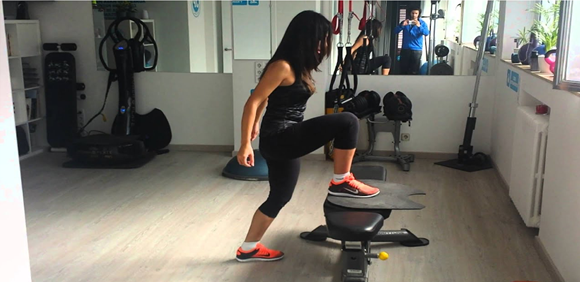
How long for Medial Collateral Ligament to heal? The overview of Medial collateral ligament injuries has affirmed that the primary method of treating grade 1 and 2 MCL injury is the conservative treatment which takes in a strength training program and a range of motion exercises routine. If you are dealing with MCL grade 1 it might take only a few days to heal (less than a week). But, if you’re sustaining MCL grade 2 it could take up to 28 days to heal adequately. However, if you have been diagnosed with MCL grade 3 you might require a surgical process and sports therapy rehabilitation, this grade might be last up to 2 months to get a full recovery. Also, it is important to note that physical therapy has been highlighted as a highly effective treatment for cases of grade 1 and 2 lesions in the medial collateral ligament.
Medial Collateral Ligament Injury takeaways:
- The MCL is the ligament that gives the knee joint more stability. Also, they emphasize that this ligament injury is the most common among knee injuries in elite athletes; they also noted that an average of 7.9% of all knee injuries causes a ligament tear can be witnessed.
- There are three types of MCL, and it’s defined by grades, it could be 1, 2, or 3. Grade 1 is the least serious, your ligament is not torn at this point, and it was just stretched out. Grade 2, this probably indicates that your ligament has been prejudiced up to being partly torn. This eventually may produce an instability sensation in the joint of the knee. Grade 3 is the worst of all of them, coming about when the ligament is entirely torn. In this case, non-conservative management is strictly required.
- You must attend a physio specialist consult so they can examine you and determine what grade is the one you present and thus be able to begin to tackle your sports injury.
Important points to know about hamstring strain injury
The average age with more odds to get a hamstring strain is comprised between 16 and 25 yo. The sports where you might be more susceptible to suffering HS are football, and track and field sports which are the sports where the hamstring is exposed to carry the most burdens. The UEFA made a study where was found that an annual rate of players who sustained a hamstring strain has risen to 2, 3% per year amongst every European League within a 13 years follow-up, this was published by Statpearls / Hamstring Injury.
How do you treat a strained hamstring? WebMD states that the not-so-serious cases like mild to moderate make well by themselves, it is only necessary to give them some time. If you would like to speed up the recovery time a bit, follow these pieces of advice:
- Rest the injured leg, endeavor to avoid adding weight to your harmed leg as much as possible. In scenarios where the pain is intensive, crutches may be needed until the pain disappears. Enquire your sports therapy physio Manchester if you require them.
- Apply ice over the leg, it is well known that ice may help to ease the pain and reduce the inflammation. Do this every three to four hours for 20 to 30 minutes for two to three days until the pain disappears.
- Compress your leg; wear an elastic bandage to cover the leg and contain the inflammation.
- Raise the leg; be capable of keeping your leg as high as possible when lying down and sitting down. It is advisable to use a pillow.
- Take anti-inflammatory pills, like NSAIDs.
- You must strengthen the hamstring by doing a strengthening and stretching exercise routine, this needs to be supervised by a sports therapy specialist. Give strength to the hamstring is an essential manner to prevent and steer clear of a hamstring strain.
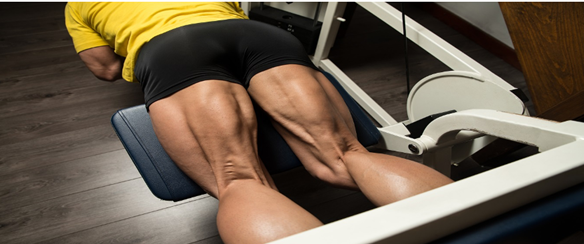
In critical cases where the muscle has absolutely torn a surgery will be performed, the muscles will be repaired and reattached to each other.
How long does a Hamstring Strain take to heal? Mainly, the hamstring strains where the muscle has not been involved in any rupture it would take from 28 days to 56 days to heal. In as much as the hamstring has been torn it must be mandatory to perform a surgery, it would take up to 3 months till you recover your prior level of range of motion, and capacity. You should start off to notice some improvement and relief by turning up a physical therapy constantly, issued by the journal Healthline/ Hamstring / Recovery time.
Should you massage a hamstring strain? Sports massage Manchester can be perfectly drawn on as a conservative treatment for hamstring injury since it helps to relax the tight muscles, therefore, assists in the muscles stretching, also it can help to boost blood flow through the injured area to finally heal the hamstring injury properly.
Sports massage for a hamstring strain is aimed at reducing muscle tightness and speed up the recovery process. As the recovery progresses, the physiotherapist Manchester will implement a deeper work like transverse friction massage. To sum up, sports massage therapy has countless benefits when treating this type of sports injury, make known by Mel Wright Deep Tissue and Sports Massage Therapy.
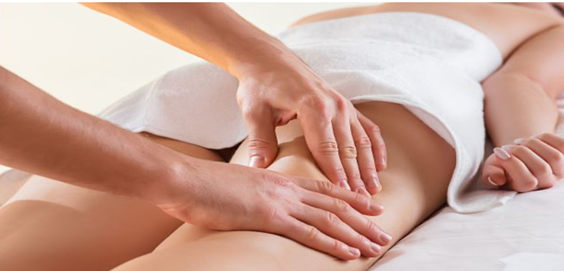
Written by Rafael Peña for www.mysportsinjury.co.uk
REFERENCES
- Andrews K, Lu A, Mckean L, Ebraheim N. Review: Medial collateral ligament injuries. J Orthop. 2017 Aug 15;14(4):550-554. doi: 10.1016/j.jor.2017.07.017. PMID: 28878515; PMCID: PMC5581380.
- Poudel B, Pandey S. Hamstring Injury. [Updated 2020 Sep 10]. In: StatPearls [Internet]. Treasure Island (FL): StatPearls Publishing; 2021 Jan-.
- Phisitkul P, James SL, Wolf BR, Amendola A. MCL injuries of the knee: current concepts review. Iowa Orthop J. 2006;26:77-90.
- Fetto JF, Marshall JL. Medial collateral ligament injuries of the knee: a rationale for treatment. Clin Orthop. 1978;132:206–218.
- Paulos LE, et al. The biomechanics of lateral knee bracing. Part I: Response of the valgus restraints to loading. Am J Sports Med. 1987;15(5):419–429.
- Pforringer W, Beck N, Smasal V. Conservative therapy of ruptures of the medial collateral ligament of the knee. Results of a comparative follow-up study. Sportverletz Sportschaden. 1993;7(1):3–7.
- Naqvi U, Sherman Al. Medial Collateral Ligament Knee Injuries. [Updated 2021 Mar 17]. In: StatPearls [Internet]. Treasure Island (FL): StatPearls Publishing; 2021 Jan-.
- Chang JS, Kayani B, Plastow R, Singh S, Magan A, Haddad FS. Management of hamstring injuries: current concepts review. Bone Joint J. 2020 Oct;102-B(10):1281-1288. doi: 10.1302/0301-620X.102B10.BJJ-2020-1210.R1. PMID: 32993323.
- Ernlund L, Vieira LA. Hamstring injuries: update article. Rev Bras Ortop. 2017;52(4):373-382. Published 2017 Aug 1. doi:10.1016/j.rboe.2017.05.005.
